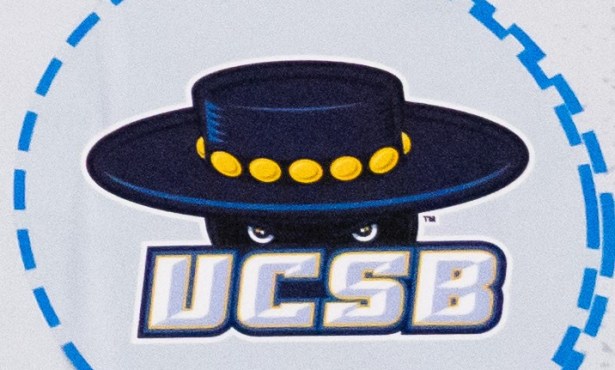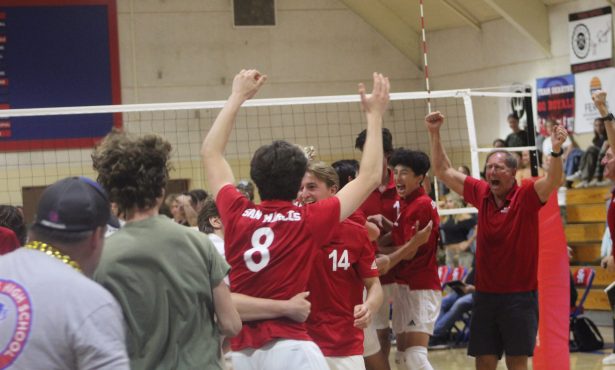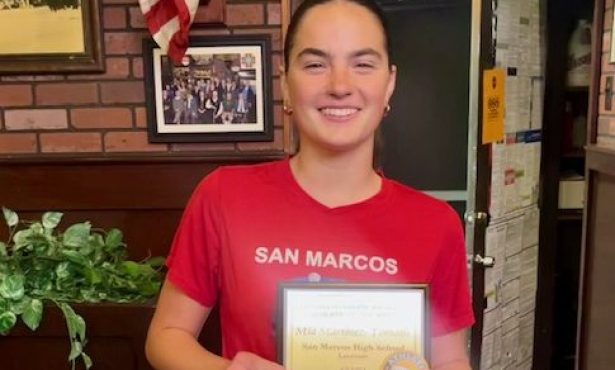Rookie Race Fan
A First-Time View of the Indy 500
In Los Angeles before the Memorial Day weekend, I ran into my friend Seane. She looked me straight in the eye and asked, “Why are you not going to Indy?” I muttered something about work schedules and plane tickets, but she persisted, undeterred. “Why are you not going?”
One of my closest friends lives in Indianapolis, home to one of the world’s largest single-day sporting events, to which a group of mutual friends (including the aforementioned Seane) were supposed to attend this year, converging from far-flung locations across the country to hang together and to be mere specks in the stands while race cars drove by at dizzying speeds. A ticket had already been procured for me, weeks earlier, a seat reserved with my peeps, for a day of partying, socializing, and of course, race-watching.
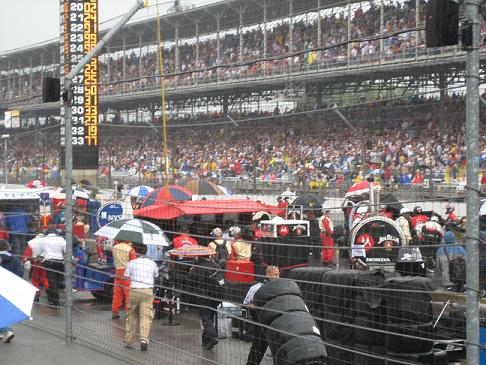
Why wasn’t I going? I asked myself amidst my usual indecision about traveling anywhere. Work and the fact that it was Memorial Day weekend aside, I managed to arrange a flight that hadn’t been previously available and arrived in Indianapolis on a plane mostly full of race-goers.
My heart sunk a bit when I disembarked on Saturday night to clear skies, but the unmistakable smell portending rain. Racecar driving and rain are incompatible activities. I could be home in Santa Barbara, watching artists paint in chalk on the Mission lawn. I could be drinking Santa Barbara microbrew, not the Miller Genuine Draft served at the Indy race track. Then on Sunday morning, all of Indianapolis woke up to rain. Rain and a constant eye on the weather report, but reports that optimistically promised a break in the downpour.
Wet skies notwithstanding, the group of us gathered at our designated meeting place, my friends Nate and Nikki’s downtown home, where coffee was procured, coolers were packed, ice gathered, seats in the caravan assigned, and tickets divvied up.
The race has a start time of 1 p.m., but the logistics of parking and getting to the track (remember that 250,000 spectators turn up in person) means that you really need to leave hours before the race. Accommodating early arrivals, the track opens at 6 a.m. While we weren’t even awake at six, we did arrive early. This was necessary as we parked a mile-and-a-half away from the track, where homeowners charged $10 for the privilege of parking on their laws. Prices to park a car climbed with each block.
While we were trekking across town, the rain abated. Start time was still not guaranteed, though. It takes two hours (at least) to dry the track, I was told. Safety vehicles, blowers, giant wet-vacs, and sweepers all suck moisture from the course, where a skid on slick tires can be deadly.
Actually finding our seats was another adventure, as the curves of the two-and-a-half-mile-long laps meant that far-flung seats were a hike from our starting position. Our seats were three rows above the pits, where the smell of ethanol and rubber filled the air. Much was made of the fact that this year’s engines were powered by 100 percent ethanol, a nod to sustainability (although one could debate the overall environmental impact of turning cornfields into oilfields). From row three, we had a close-up view of the pit crews who could efficiently change four tires and fill a 22-gallon tank in less than eight seconds. Twenty minutes for an oil change just isn’t impressive after watching them work.
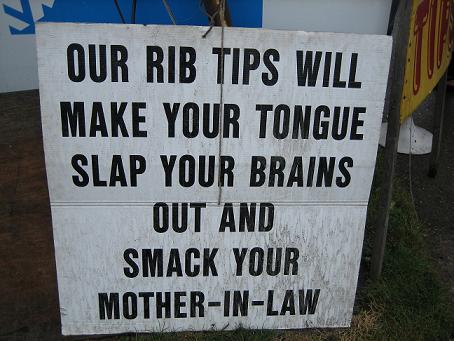
The Indy 500, like many large sporting events, is full of ceremony and ritual, from the flyover of four F-22s, to the singing of anthems, and the celebrity driving of the pace car (to initiate the race). This being the 91st running of the race, the event, and the month leading up to the final race, is filled with an unmistakable aura.
Wannabe paparazzi stalked celebrity race-goers with point-and-shoots. Patrick Dempsey, of current Grey’s Anatomy McDreamy fame, drove the pace car before staking out a spot near one of the pit crews to have an up-close view of the action in front of our section, where numerous women waved, screamed, and snapped photos. Flashbulbs exploded when actor Ashley Judd, driver Dario Franchitti‘s wife, appeared.
I’ve never been to a car race before. And although I knew they drove fast (that’s the point, after all), somehow I wasn’t prepared for just how fast 220 miles an hour really appears. It’s fast, and loud. Earplugs, which we fortunately packed, or bought along the road, were a necessity.
On one hand, cheering at such a race seemed to be a moot point. The roar of the fans can be an inspiring motivating factor in some sporting events. But at 200-plus miles an hour, sheathed in a helmet and headphones, I don’t suppose the drivers can hear the fans anyway. But cheer we did, as we watched the changing numerical display of 33 racecars jostling for position to attain the front-runner slot.
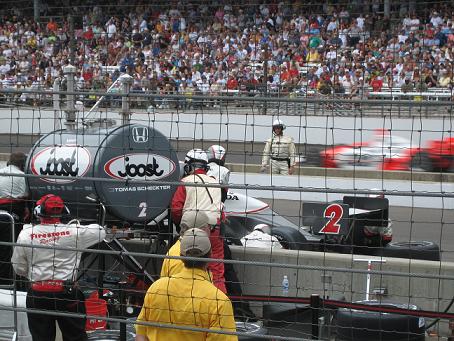
The line-up changed constantly with each lap as drivers slid in and out of pits, negotiated traffic, and crashed. We sat with the newspaper roster listing drivers, teams, and car numbers to cheer on our faves. Three women, a record number, sat behind the wheel for this year’s race: Mika Duno , Danica Patrick, and Sarah Fisher, whose faces became familiar as they were splashed across newspapers, programs, and television screens.
When the cars were out of our line of sight (remember the loop measures two-and-a-half miles), we followed their progress via piped-in announcers and video screens. Our vantage point didn’t give a view of crashes as they happened, since most crash sites seemed to occur around one of the treacherous turns. Each crash announcement (there were several) was accompanied by a waving yellow flag and then (fortunately) the announcement that the driver walked away from the car.
After lap 113 (101 laps qualifies as an official race), at around 3 p.m., the red flag flew to officially halt the race when the skies reopened. Brazilian racer Tony Kanaan was in the lead but not yet allowed to celebrate; everyone was talking about restarting the race. Cars were impounded in the garage, we broke out umbrellas and donned jackets, ponchos, and strategically-placed trash bags. While many people left, my ride and many of my peeps, race die-hards, hunkered down to wait out the storm. While no promises for resuming the race were made, we stayed. My advice: always pack the cooler well for contingencies. Although, there was no shortage of burger and hot dog stands around the racecourse.
After 45 minutes of rain, the skies began to dry and the safety crews started on the track. While we waited, we flipped coins to see who would make the beer runs, caught up on each other’s gossip, and chatted up our fellow soggy spectators, eying the indoor dry seats above us.
Until the cars were paraded back to the pits, tires dried and filled, drivers inside, and really, until the green flag was flown, there was no knowing if the race would even start again, and if it did, just how long it would continue. So the laps from 114 on were not only the drivers racing against each other, but racing against the elements, as the rain’s return was forecast. When to slide into the pit, how long gasoline and tires would hold out, driving from the back to the front, car tires colliding, cars careening into the track’s edges, these all played a role in who took the lead and when.
Opposite the flag holders, we saw the moment the checkered flag flew, car number 27 in the lead, cheering on Dario Franchitti (our group was admittedly pulling for his victory). We stayed for as long as we dared, in the rain, as the drivers disembarked from their cars, congratulated each other, and headed for trophies, flower wreaths, milk-drinking (an old tradition), and speech-making. At this point, the prize money would be awarded at Monday’s banquet along with the Rookie of the Year honor to Oxnard racer Phil Giebler.
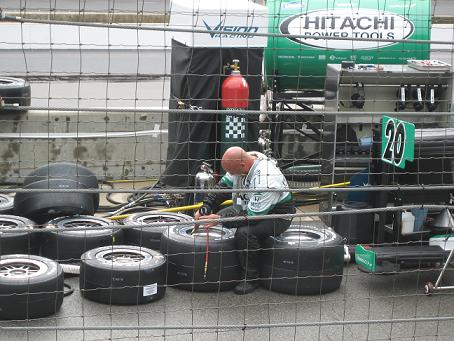
While our umbrellas and energy held out for a while of congratulations and accolades, we began to fade and so made the trek back across Indianapolis, to cars that it seemed were parked somewhere in Ohio. Upon reconvening back at home, we tried getting dinner. Another word of advice on race day is to have a plan for dinner that doesn’t involve ordering pizza. It took calling every pizza joint in the yellow pages, and our offer to pick up the pies to obtain them, since no one in the city wants to cook post-race.
While we sprawled on couches, dazed, ears ringing, slightly sunburned (even with the periodic rains), and mildly dehydrated, we talked about returning next year. Next year? I guess I’m a race fan now.

